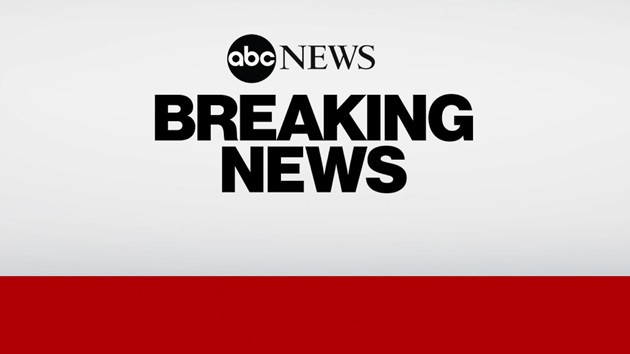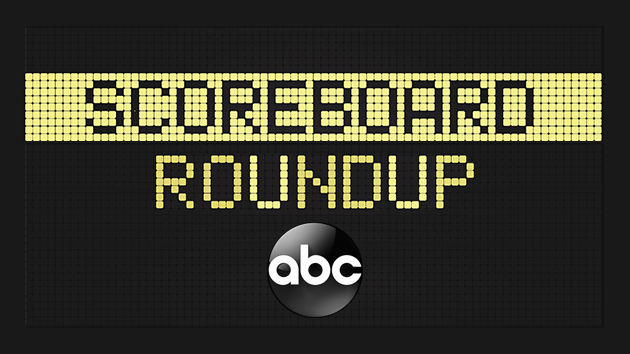Consumers push back on higher prices amid inflation woes
Written by ABC Audio. All rights reserved. on May 8, 2023
(NEW YORK) — McDonald’s customers are more reluctant to add fries to their order, grocery shoppers are less willing to swallow the elevated price of Unilever mayonnaise and Target customers are balking at some high-priced items.
Executives from each of these companies mentioned the respective observations in recent earnings calls or reports, suggesting an emerging trend: some consumers are pushing back on inflation.
Despite more than two years of higher-than-usual inflation, consumers remain resilient. Retail sales slid in recent months but stood well above the same period last year; while consumer sentiment inched upward in April, Conference Board data showed.
Still, consumers have begun to refuse some high prices as pandemic-era habits change and some buyers fear an economic downturn, analysts told ABC News. Consumers are putting off big-ticket purchases, they said, though analysts differed on buyers’ willingness to tolerate high prices for food.
The consumer pushback could continue if price hikes remain elevated, they added, noting that the healthy state of U.S. households would continue to fuel spending in the near term.
“Consumers are generally starting to slow spending and become a bit price sensitive,” Randy Konik, a retail analyst at financial services firm Jefferies, told ABC News.
“Inflation is going to keep putting pressure on consumer wallets,” he added.
Consumer prices rose 5% last month compared to a year ago, extending a monthslong slowdown of price increases, but leaving inflation more than double the target rate of 2%.
The price hikes for some consumer staples stand significantly higher than the overall rate, however. The cost of flour has jumped more than 17% over the past year; while the price of cookies has risen over 16%, government data showed.
In all, food prices climbed 8.5% over the past year, a pace more than 50% faster than the overall rate.
The price hikes have stuck around despite an aggressive set of rate hikes at the Federal Reserve that aim to cut prices by slowing the economy.
The combination of inflation and high interest rates has put a squeeze on consumers, who bear the burden of elevated prices but face expensive borrowing costs if they want to take out a loan to ease the financial pain, said Konik, of Jefferies.
The resistance toward high prices, Konik added, has particularly manifested for two sets of goods: in-store food and big-ticket purchases such as cars and boats.
The two groups of items make up a “price sensitivity barbell,” he said, adding that frustration has arisen from repeatedly encountered grocery prices on one end of the spectrum and one-time sticker shock for major purchases on the other.
Simeon Siegel, a retail analyst at BMO Financial Group, echoed the observation about consumer intolerance centered on big-ticket items and durable goods, tracing the current reluctance back to a pandemic-era wave of purchases for items like exercise bikes and couches.
“During the pandemic, everyone over-purchased,” he said. “The question is: What did they over-purchase?”
“Pelotons and patio furniture are big-ticket items,” he added. “They don’t need to be replenished.”
However, consumers have been forced to tolerate high prices for recurring purchases and they’ve remained willing to do so, Siegel added.
“Someone who has bought a carton of milk and consumed it has gone on to purchase it many times over,” he said.
Consumers will spend on high-priced essentials for the foreseeable future, Siegel said. “People spend on items they need,” he added.
Konick, however, said he expects a continued slowdown in consumer spending on goods with elevated prices, both big and small.
“We’re not going to see the consumer crash,” he said. “But because inflation is going to stay somewhat sticky and because interest rates aren’t going down anytime soon, we’re going to see a slow erosion.”
Copyright © 2023, ABC Audio. All rights reserved.





